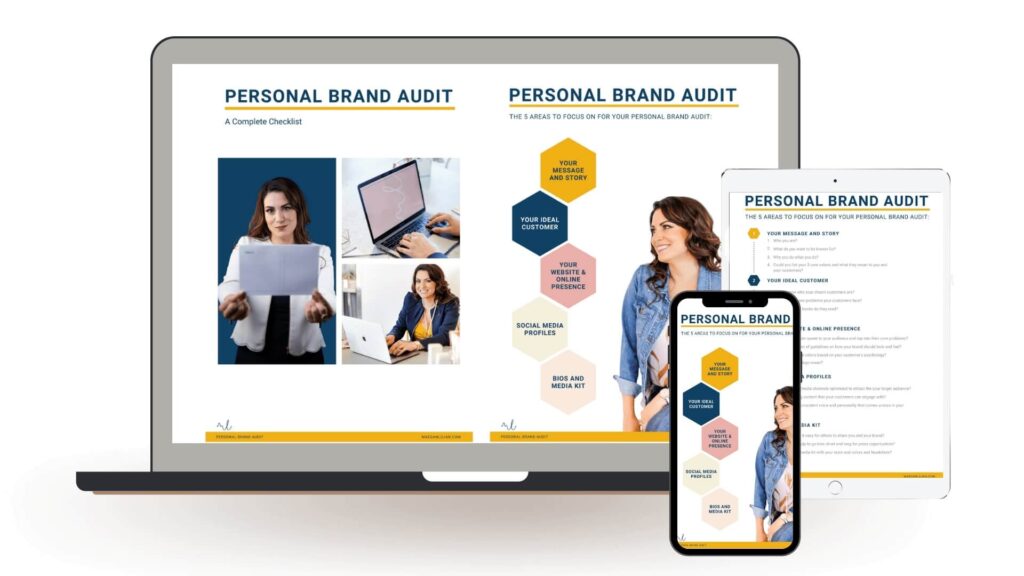
Your Brand is More Than a Logo—It’s Your Business Blueprint
You have a vision for your business, but how do you translate that into something tangible? Many entrepreneurs and business owners struggle with building a brand that connects, converts, and stands out. They often focus on logos, websites, or social media before establishing the core foundation—a brand strategy.
A well-defined brand strategy isn’t just a nice-to-have; it’s the difference between:
✔️ A brand that blends in vs. a brand that dominates its industry
✔️ Inconsistent messaging vs. a cohesive, recognizable presence
✔️ Struggling to attract customers vs. effortlessly drawing in your ideal audienc
🎯 Fact: 77% of marketers say branding is critical to future business growth (Source: HubSpot).
📢 Key Takeaway: Before designing a logo or building a website, you need a rock-solid brand strategy. Let’s break it down.
What is a Brand Strategy?
A brand strategy is your roadmap—the foundation that determines how your brand is positioned, perceived, and recognized. It defines:
- Your Core Message & Value Proposition – What makes you different?
- Your Audience – Who are you speaking to?
- Your Visual & Verbal Identity – How do you communicate your brand?
- Your Market Positioning – How do you stand out from competitors?
- Your Customer Experience – How do people interact with your brand across all platforms?
✅ Pro Tip: A brand strategy isn’t about what YOU like—it’s about what resonates with your audience.
📌 Related Service: Brand Strategy Consulting
The 5 Core Elements of a Strong Brand Strategy
1. Define Your Brand’s Mission & Vision
Your mission is why you exist. Your vision is where you’re going.
📢 Example: Nike’s mission is “to bring inspiration and innovation to every athlete in the world.”
🚀 Action Step: Write down your mission statement in one clear, bold sentence.
2. Identify Your Ideal Customer (Customer Persona)
You can’t market effectively if you don’t know who you’re talking to.
Ask Yourself:
- What are their biggest pain points?
- Where do they spend time online?
- What do they struggle with?
📢 Example: If you’re selling luxury skincare, your audience is likely women aged 30-50, interested in self-care and high-end beauty products.
✅ Pro Tip: Use data-driven audience research tools like Google Analytics and Meta Audience Insights.
📌 Related Blog: How to Build a Customer Persona That Actually Converts
3. Develop Your Unique Value Proposition (UVP)
Your UVP is what makes you different from competitors. It’s the reason people should choose YOU over someone else.
📢 Example: Starbucks isn’t just about coffee; it’s about a lifestyle experience.
🚀 Action Step: Answer this question: Why should someone choose my brand?
4. Craft a Consistent Brand Voice & Messaging
Your tone of voice is how your brand sounds. Is it bold and authoritative? Warm and friendly? Luxury and sophisticated?
📢 Example: Apple’s messaging is clean, simple, and innovation-driven, while Wendy’s is bold, witty, and playful.
✅ Pro Tip: Keep your messaging CONSISTENT across all platforms—from your website to social media and emails.
📌 Related Service: Brand Messaging & Positioning
5. Design a Visual Identity That Reflects Your Brand
Your logo, colors, typography, and brand aesthetics matter. They instantly communicate who you are.
📢 Example: Luxury brands like Chanel use minimalist black-and-white aesthetics, while wellness brands often use earth tones and soft fonts.
🚀 Action Step: Choose 3 words that define your brand’s visual personality (e.g., Modern, Elegant, Playful).
📌 Related Service: Brand Identity Design
How to Implement Your Brand Strategy (Next Steps)
Once your brand strategy is defined, it’s time to implement and scale. Here’s what you need to do next:
✔️ Create a Brand Style Guide – Document everything to keep your brand consistent.
✔️ Develop a Marketing Plan – Align your strategy with content marketing, social media, and advertising.
✔️ Apply It Across All Touchpoints – Website, social media, email, and customer experience.
📌 Related Service: Full Branding Package
✅ Pro Tip: Brand strategy is not a one-time project—it’s a long-term commitmen



